|
Jane Austen (1775-1817) visited Bath several times before her family moved to the city in 1801. She is widely believed to have disliked the city, though some scholars disagree. They believe she appreciated the lively social life she enjoyed in Bath. Jane Austen spent time here at No. 13 Queen Square with her mother and brother Edward in 1799. #1 Paragon, which may be where Jane's aunt and uncle Mr. and Mrs. Leigh-Perrot lived, though I understand the houses may have been re-numbered. Jane and her family stayed with their relatives when they first moved to Bath in 1801 while they looked for a house to lease. One assumes the street repairs were less colorful back in the day. No. 4 Sydney Place, where Jane Austen, her sister Cassandra and her parents lived in Bath from 1801-1804. The house was directly across from Sydney Gardens, a pleasure park with the Sydney Hotel, now the Holburne Museum, the site of many social activities. Breakfasts were served, as well as evenings with the trees lit by hundreds of lanterns. Below, the plan of the pleasure garden, 1810, generally following the example of London's pleasure gardens. The original name was Bath Vauxhall Garden. Jane was known to be a keen walker so she probably enjoyed outings in the Gardens as well as all around the Bath region. The Pump Room is pictured in 1804 in a print by John Claude Nattes. Everyone in Bath visited the Pump Room to drink from the King's Spring and to exchange pleasantries and gossip in an informal social setting. It is lively today, probably quite different than it was in Jane's era. Now the pleasantries are likely to be centered upon tea and cakes while the visitors come from all over the planet and would not know each other, much less be able to share local gossip. Thomas Rowlandson (1756-1807), below, from wiki gallery, dated 1798 from The Comforts of Bath, his series of comical drawings of the city and its visitors. Milsom Street in Jane Austen's day, above and photos from 2018, below. Everyone in Bath shops in Milsom Street, including the characters in Persuasion and Northanger Abbey, two Austen novels with many scenes set in Bath. When Jane Austen attended balls in Bath, she could go to either the Lower or the Upper Rooms where social events were held. However, the Lower Rooms which overlooked the Parade Gardens, had disappeared by the 1930's. The Assembly Rooms, now run by the National Trust, were opened in 1771. The Assembly Rooms in 1818, looking much the same as they do two hundred years later in 2018, below. The Assembly Rooms can be visited most days. After years of neglect and damage in WWII, they were restored to their former opulence, The Fashion Museum occupies the lower level. Bath Abbey has been standing in the city since the 7th century. Once part of a Benedictine monastery, it has been an Anglican church since the time of Henry VIII. It is a dominating structure in central Bath, but I could find no evidence Jane Austen ever worshiped here, or indeed, even visited though it seems inevitable that her curiosity would have led her inside. Perhaps the Austens worshiped at St. Swithin's Walcot, the site of an older church where Reverend Mr. George Austen married Cassandra Leigh in 1764. The present church was built a few years later, consecrated in 1777. Its churchyard is where Rev. Austen is buried. Time has worn away most of the inscription on the gravestone of George Austen, 1731-1805. The plaque below helps the visitor. More wanderings in Bath are in store for this blog, soon.
0 Comments
Leave a Reply. |
Victoria Hinshaw, Author
Archives
July 2024
Categories |




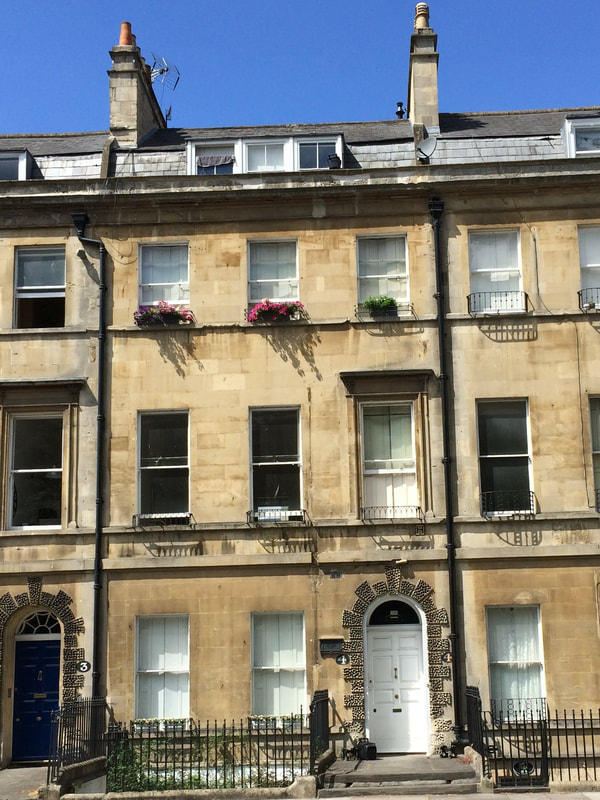
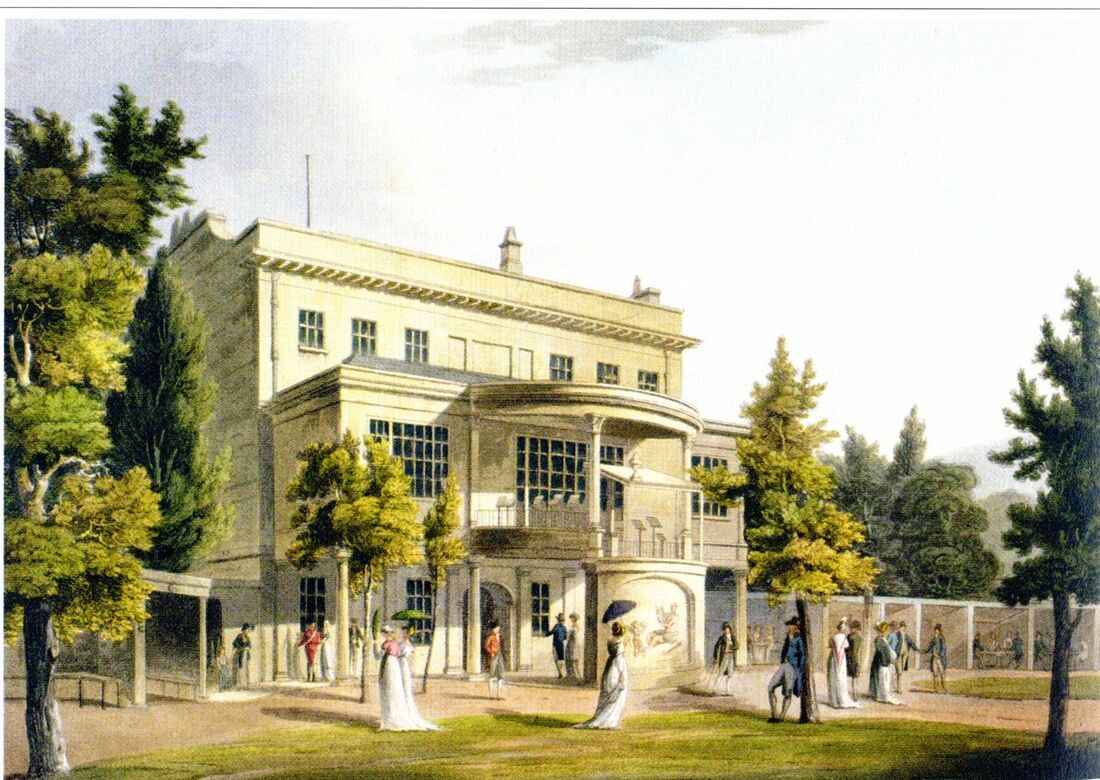


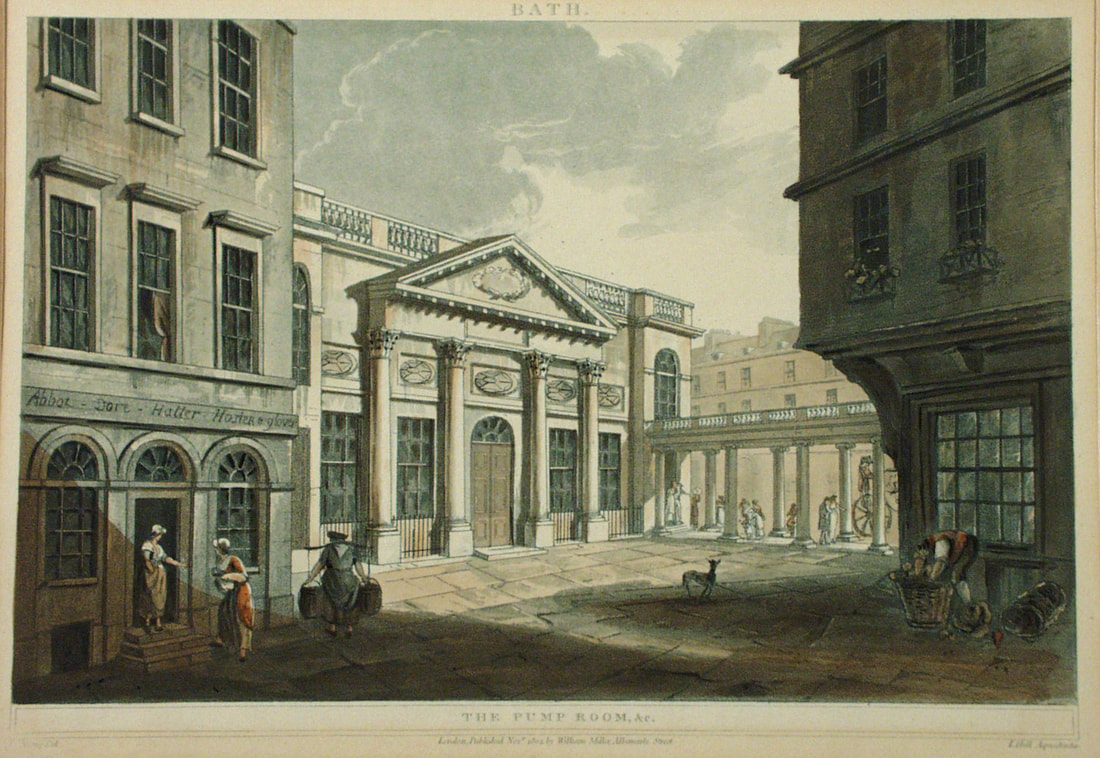

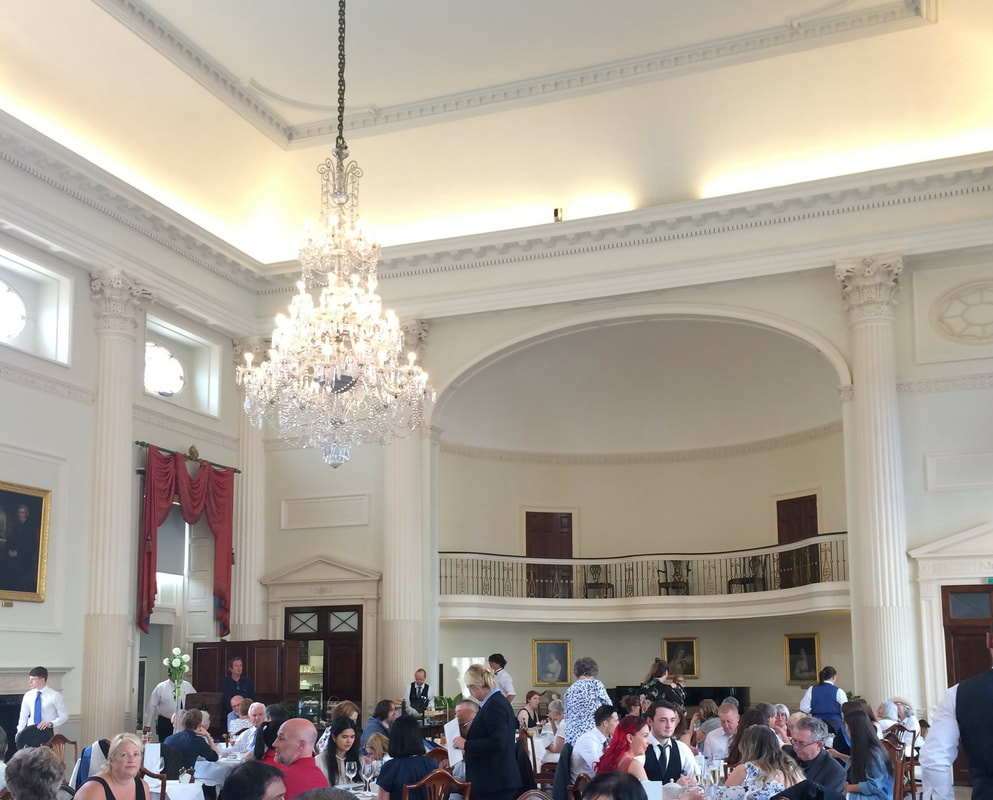
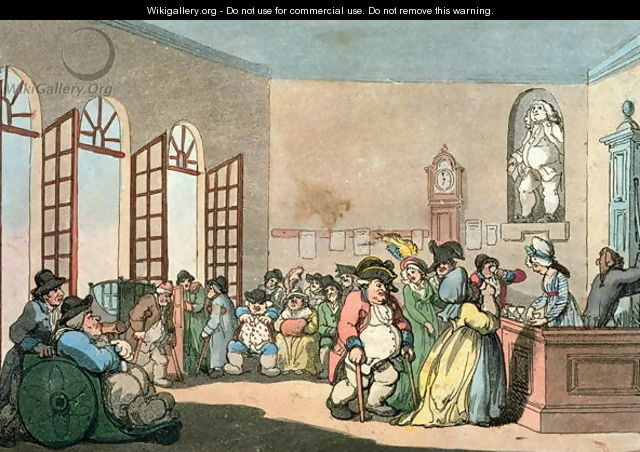
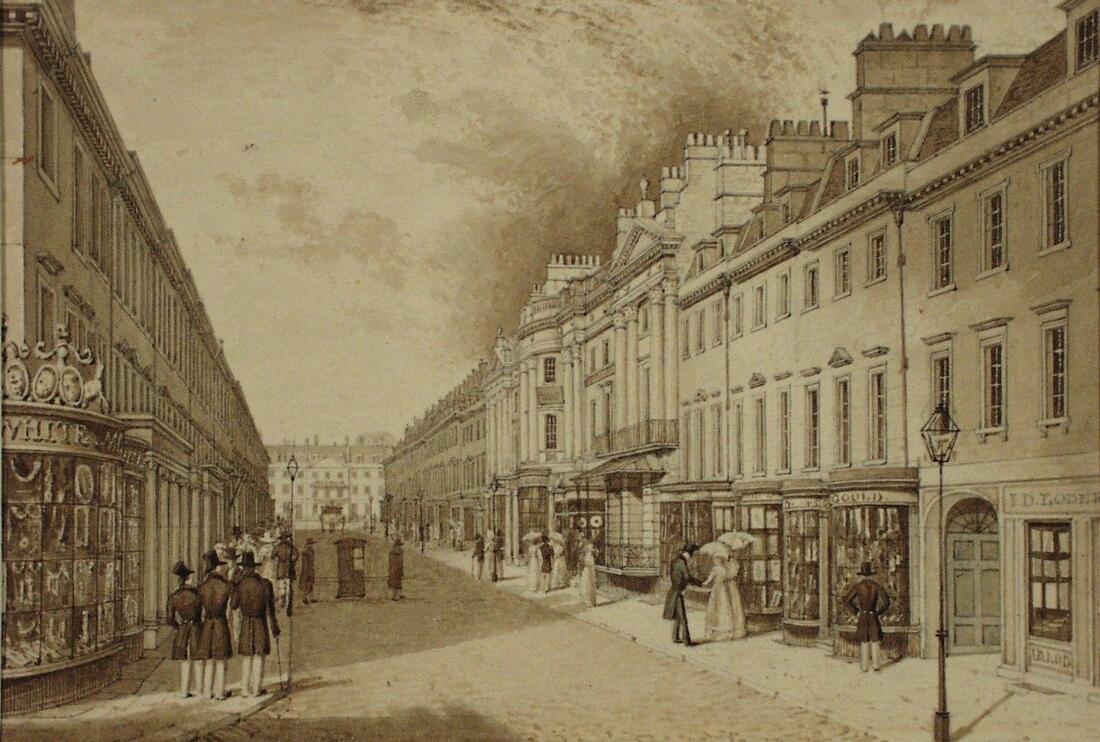
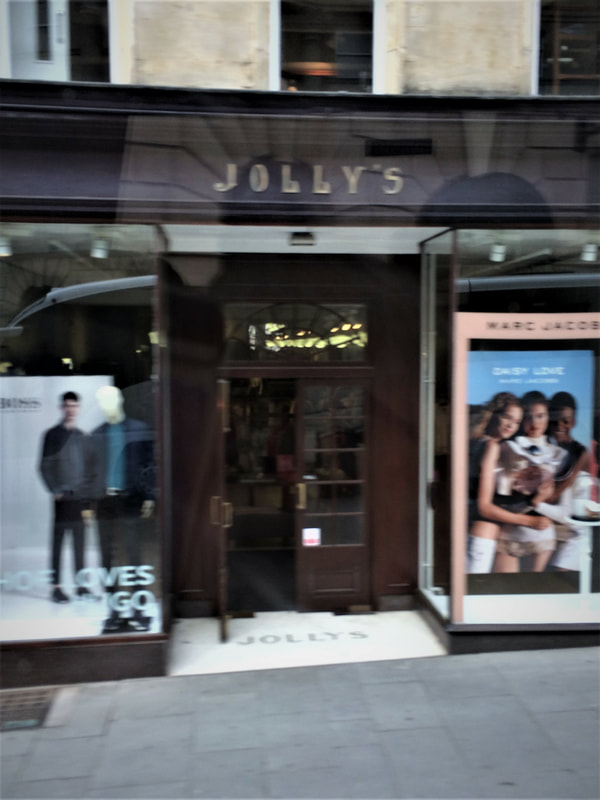

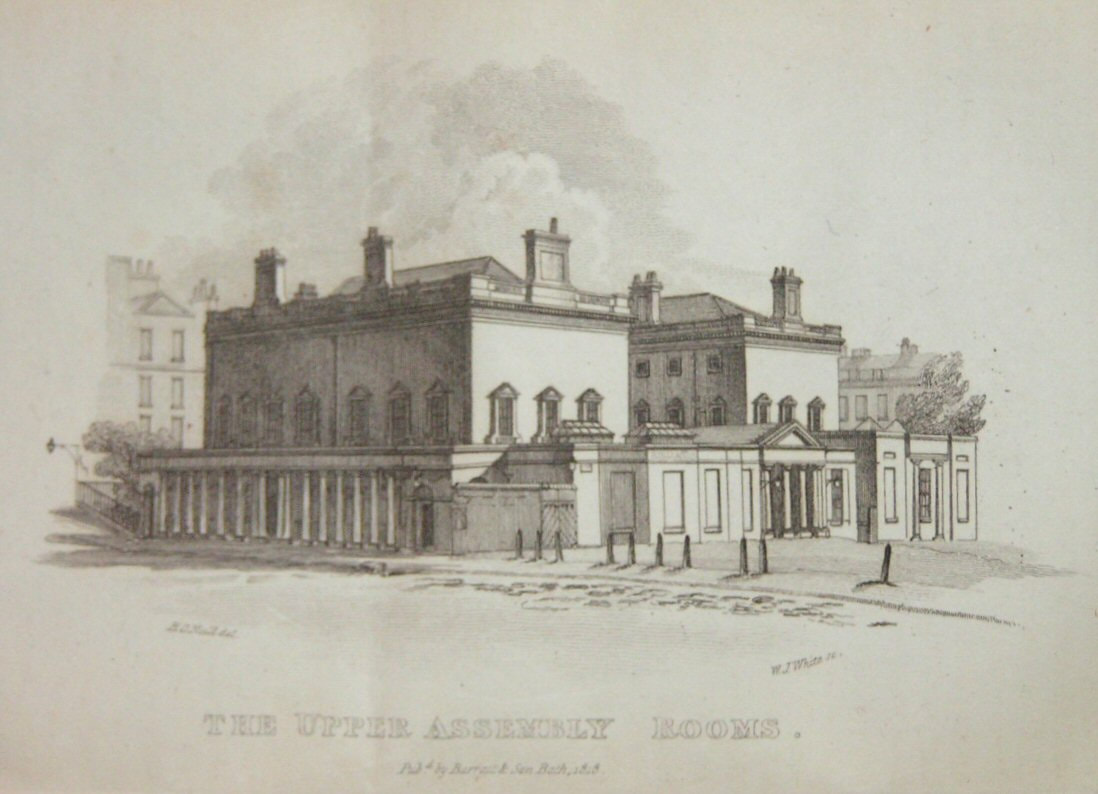

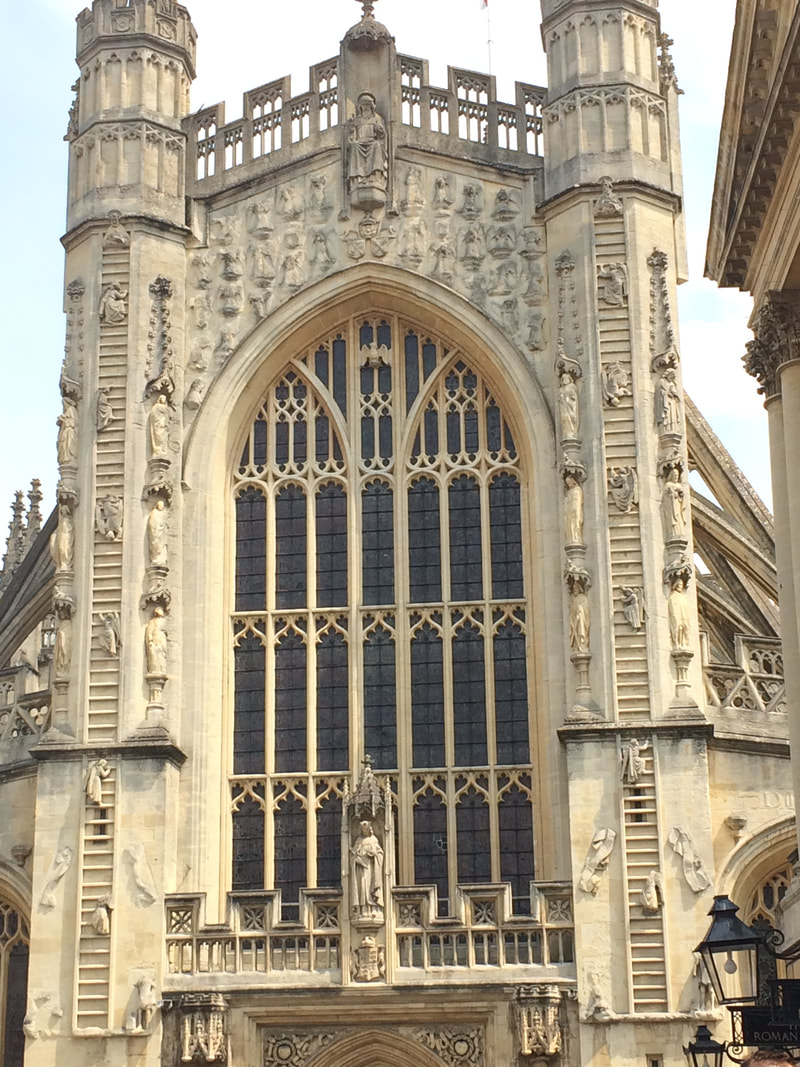
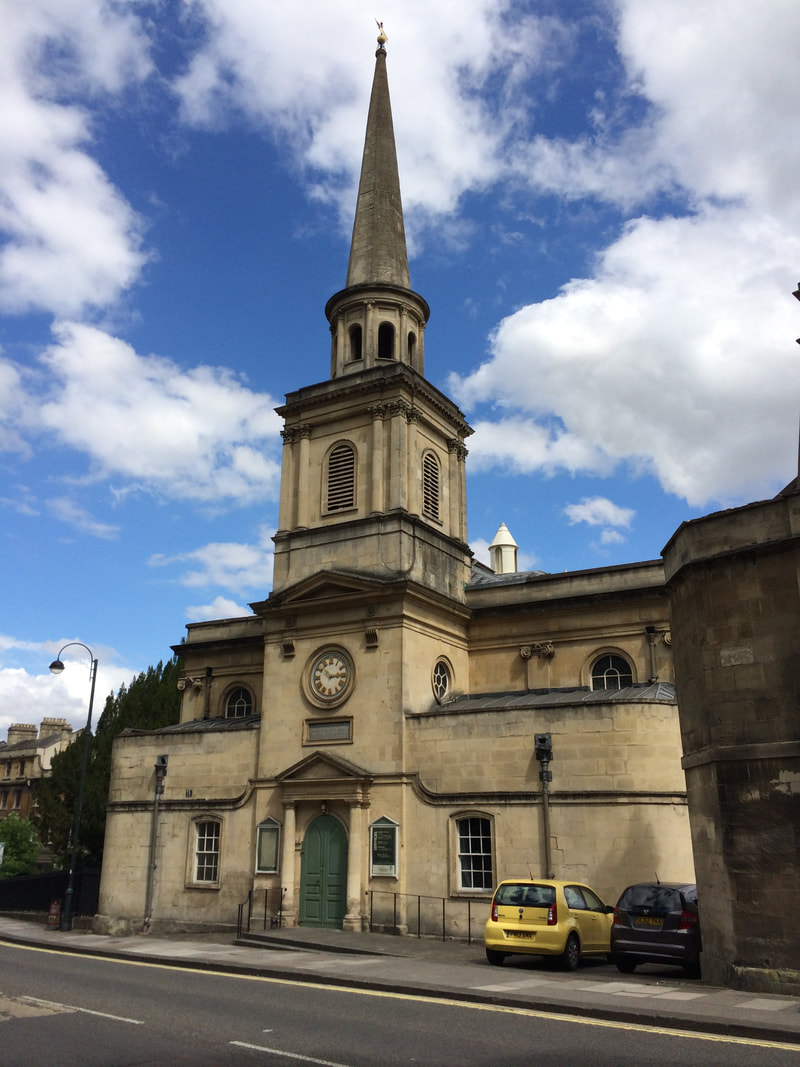
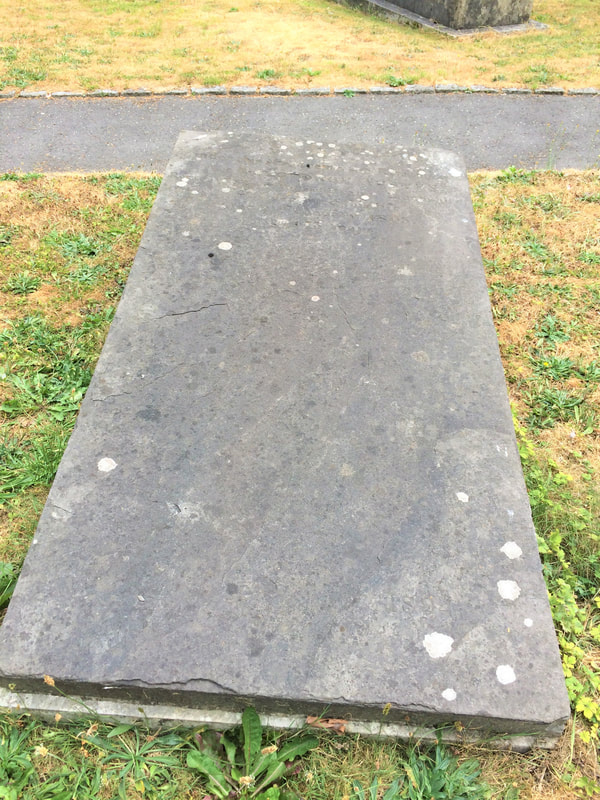

 RSS Feed
RSS Feed